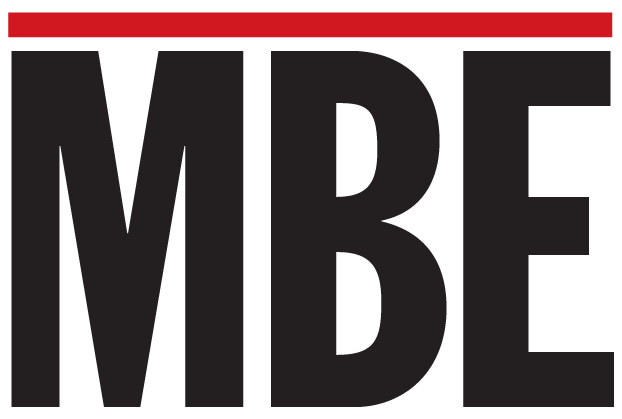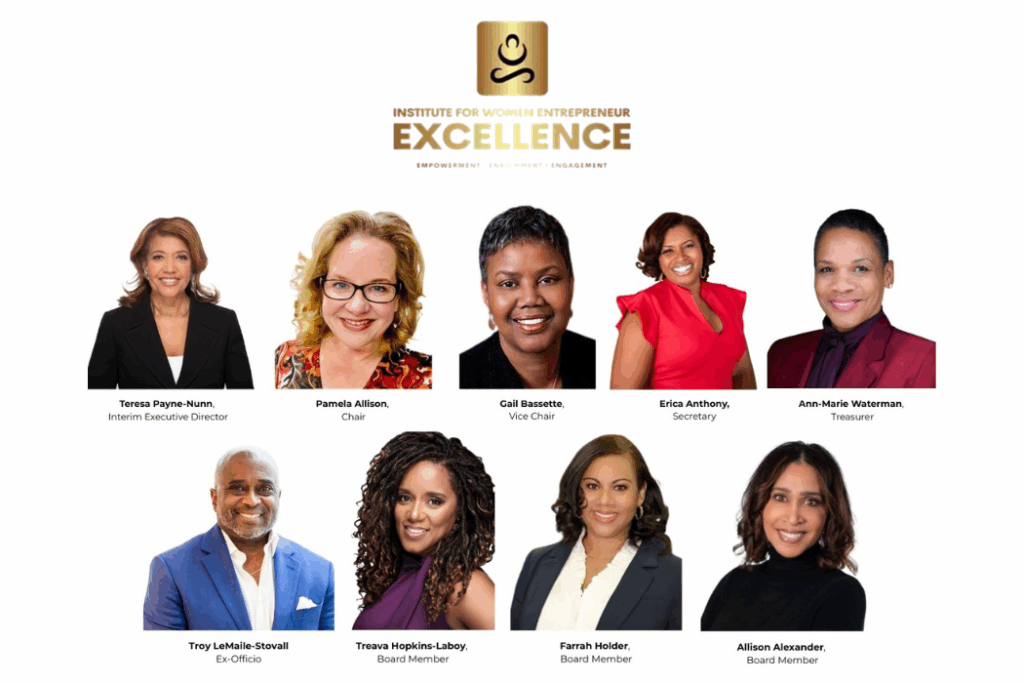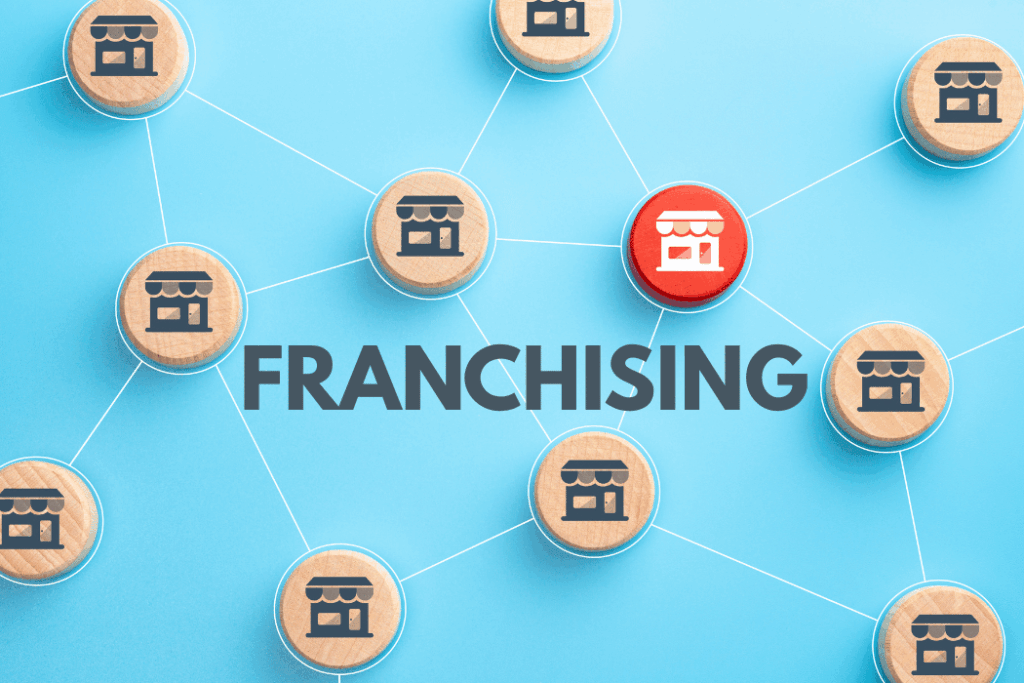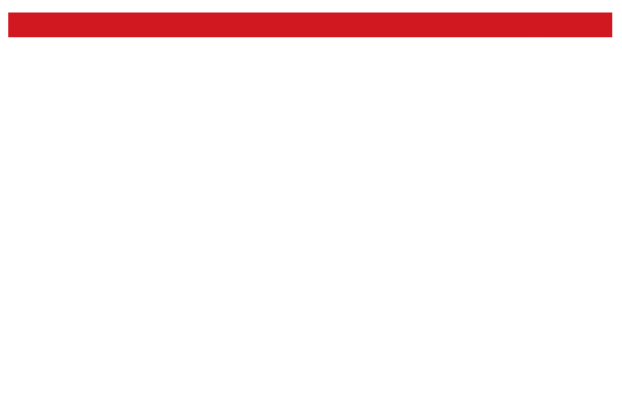
For entrepreneurs who want to build visibility without the agency price tag
Let’s be honest: hiring a PR agency can cost anywhere from $3,000 to $15,000 monthly. For most entrepreneurs—especially those bootstrapping their businesses or investing every dollar back into growth—that’s simply not realistic.
But here’s what the PR industry doesn’t want you to know: you don’t need an expensive publicist to get meaningful media coverage. You need the right tools, sustainable systems, and a strategic approach that maximizes your time and budget.
Whether you’re a founder in a competitive industry, an entrepreneur building something genuinely innovative, or a business owner who prefers to maintain control over your narrative, this guide will show you how to build your own PR toolkit that delivers real results without the agency overhead.
Why DIY PR Actually Works Better for Smart Entrepreneurs
When you handle your own PR, you become the expert on your story. No middleman misinterpreting your message or missing the nuances that make your business unique.
DIY PR lets you:
- Build authentic relationships on your timeline
- Control your narrative completely
- Invest in tools that compound over time
- Create systems that work around your priorities
- Focus on quality connections over quantity
The Essential DIY PR Toolkit: 7 Tools That Actually Work
1. HARO (Help a Reporter Out) – Free
HARO sends you daily emails with journalist queries. It’s like having a direct line to reporters who are actively looking for sources. The key is responding quickly (within 2-3 hours) with specific, valuable insights rather than generic pitches.
Pro tip: Set up email filters to catch queries in your industry so you never miss an opportunity.
2. Prowly – Starting at $79/month
Prowly combines a media database with pitch tracking and relationship management. It’s particularly strong for finding journalists who cover your specific niche and tracking your outreach efforts.
Best for: Entrepreneurs ready to invest in professional-grade media targeting.
3. Muck Rack – $119/month
This platform helps you research journalists, track their recent work, and monitor mentions of your brand. The journalist profiles show recent articles, social media activity, and preferred contact methods.
Best for: Building targeted media lists and understanding what journalists actually care about.
4. Canva Pro – $119.99/year
Strong visuals make your pitches stand out. Canva Pro gives you professional templates for press releases, media kits, infographics, and social media assets that support your PR efforts.
Best for: Creating professional-looking materials without design experience.
5. Typeform – Free to $25/month
Create interactive media kits that make it easy for journalists to find your information, high-res photos, and key statistics. Also useful for gathering testimonials and case studies.
Best for: Making your brand assets easily accessible to media contacts.
6. Google Alerts – Free
Set up alerts for your industry keywords, competitor mentions, and trending topics. This helps you identify conversation opportunities and stay on top of news that affects your business.
Best for: Staying informed and finding timely angles for your pitches.
7. Loom – Free to $8/month
Sometimes a 60-second video explaining your story lands better than a written pitch. Loom lets you create quick, personal video messages that help journalists put a face to your name.
Best for: Building personal connections and explaining complex topics quickly.
The 4-Step DIY PR System That Works
Step 1: Audit Your Story Assets (Week 1)
- Compile your best photos, testimonials, and data points
- Create a one-page media fact sheet
- Write 3-5 different bio lengths (50, 100, 200 words)
- Identify your top 5 story angles
Step 2: Build Your Media List (Week 2)
- Research 20-30 journalists who cover your industry
- Note their recent articles, social media presence, and preferred contact methods
- Organize contacts by publication type and story focus
- Create a simple spreadsheet to track outreach
Step 3: Create Your Pitch Templates (Week 3)
- Develop 3-4 email templates for different story types
- Write subject lines that grab attention without being clickbait
- Include social proof and specific details
- Keep pitches under 150 words
Step 4: Establish Your Routine (Week 4)
- Set aside 2 hours weekly for PR activities
- Monday: Check HARO queries and industry news
- Wednesday: Send 5-7 targeted pitches
- Friday: Follow up on previous outreach and update media list
The Numbers That Matter for DIY PR
Research shows that consistent, targeted outreach delivers better results than sporadic mass pitching:
- Response rate for targeted pitches: 15-20% vs. 3% for mass pitches
- Time investment: 6-8 hours monthly vs. 20+ hours with inconsistent approaches
- Cost comparison: $200-400 monthly for tools vs. $3,000-15,000 for agency fees
- Coverage quality: Higher relevance when you control the narrative
Common DIY PR Mistakes (And How to Avoid Them)
Mistake 1: Pitching your business instead of a story Fix: Lead with the problem you solve or trend you represent
Mistake 2: Mass emailing generic pitches Fix: Research each journalist and personalize your approach
Mistake 3: Following up too aggressively Fix: One follow-up after 7-10 days, then move on
Mistake 4: Neglecting visual assets Fix: Always include high-quality photos and relevant graphics
Mistake 5: Focusing only on big publications Fix: Build relationships with industry blogs and local media first
Making DIY PR Sustainable
The biggest challenge with DIY PR isn’t learning the tools—it’s maintaining consistency while running a business. Here’s how to make it sustainable:
Batch your activities: Dedicate specific time blocks to PR rather than squeezing it in randomly.
Start small: Begin with one tool and one type of outreach before expanding.
Track what works: Keep simple metrics on response rates and coverage quality.
Build relationships, not just pitches: Engage with journalists on social media and share their work.
Celebrate small wins: Local coverage and industry blog features count as success.
Your Next Steps
DIY PR isn’t about doing everything yourself forever. It’s about building the skills and systems that let you control your narrative while you grow. Start with free tools like HARO and Google Alerts, then invest in paid platforms as your business and confidence grow.
Remember: the goal isn’t to become a professional publicist. It’s to tell your story authentically, build meaningful relationships, and create sustainable visibility that supports your business goals.
Your story matters. You don’t need permission or a huge budget to share it with the world. You just need the right tools and a strategic approach that works with your life, not against it.
Ready to take control of your PR? Start with one tool from this list and commit to trying it for 30 days. The visibility you build today becomes the foundation for tomorrow’s opportunities. Follow Own It: A Visibility Series for Women & Minority Entrepreneurs for more visibility solutions!












